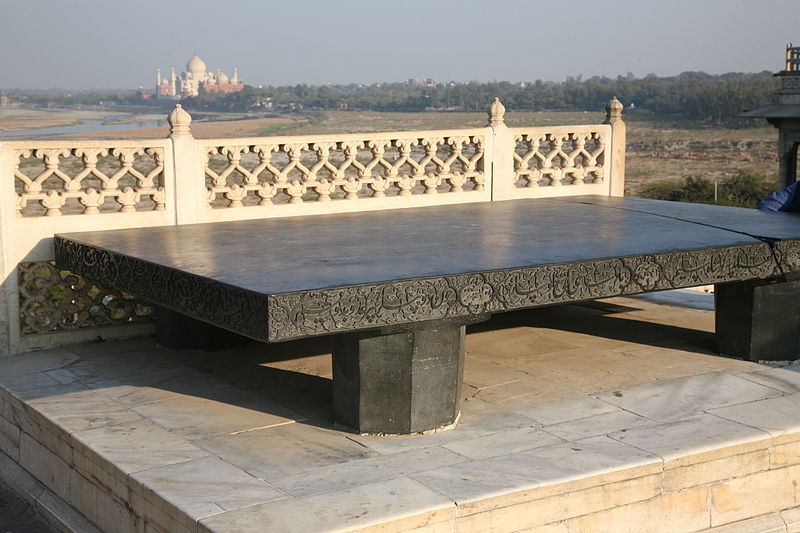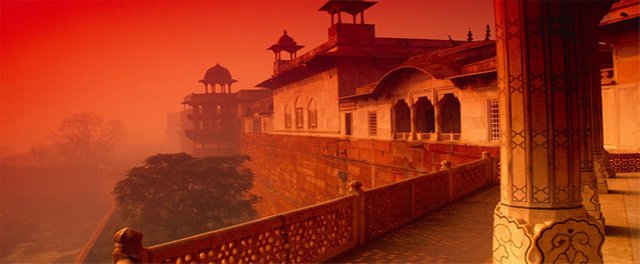Agra is one of the World Heritage Sites
Agar fort or the Lalkilla of Agra, a monumental establishment of the ruler of the Mughal dynasty of the Indian subcontinent and an indecisive view of Mughal architecture. This fort is included in the UNESCO World Heritage Site in 1982 as a cultural heritage site (iii). Durga is situated on the banks of the Jamuna river in Agra, Uttar Pradesh, a state in India. One of the most important maps of Mughal architecture is located about 2.5 kilometers away from the Taj Mahal Aga Fort.
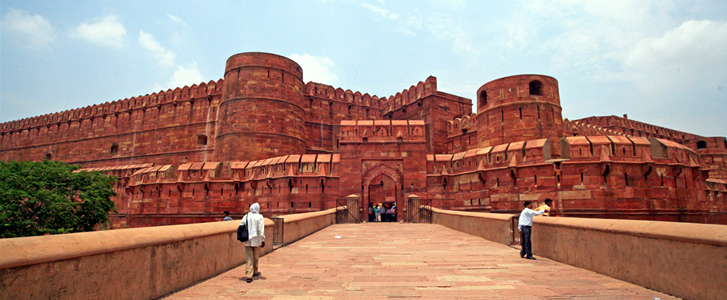
The fort is made of rusty sandstone. The area of Durga Kamal is 2.5 km. There are many facets, minarets and mosques inside the city. These sixteen centuries to eighteenth centuries are laid down in the middle of the middle. As the expansion of an ancient fort built in the 11th century, its formation began during the reign of Akbar in the sixteenth century and ended in Aurangzeb's reign in the eighteenth century. During the reign of Jahangir and Shahjahan many new structures of Durga were destroyed. Among the most important places are the Khas Mahal, Shish Mahal, Muhammad Buzze (the eighth largest monument), Dewan-e-Khas (1637), Dewan-i-Ama, Moti Mosque (Nirmalakal 1646-53) and Nagina Mosque (1658 -1707). These structures show an unusual blend of 'Timur Parsi' art and 'Indian art'.
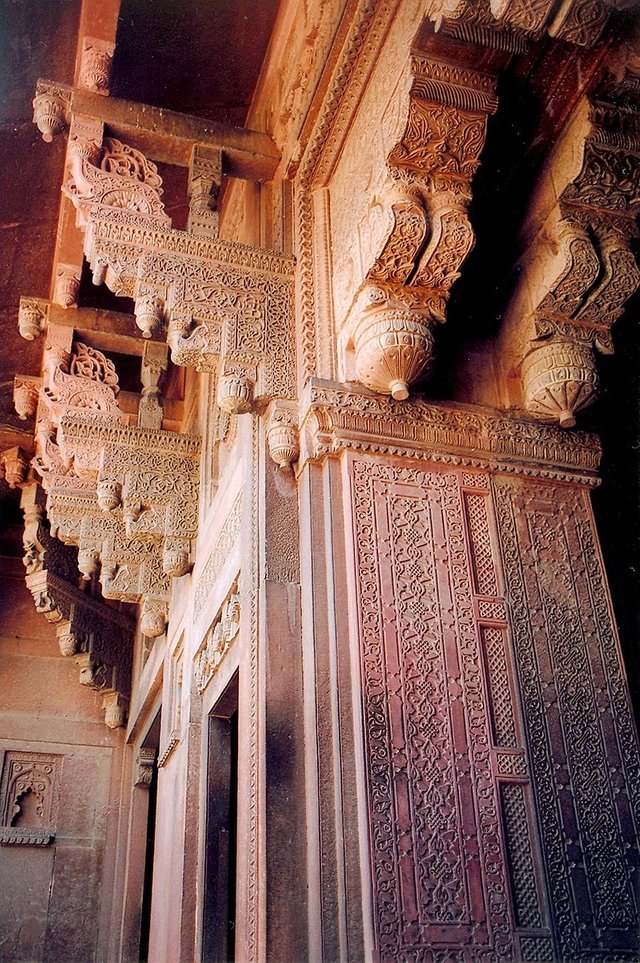
History Of Agra
Though most of the present fort was built during Mughal period, there was an ancient fort built in the 11th century. In 1475, Agra Fort was a military stronghold built by Eccles under King Badal Singh. Whose name was Badalgarh. It was first mentioned in the history of 1080. During this time the Ghaznavira military occupied this fort. Sultan Sikander Lodi (1488-1517) moved from Delhi to his capital Agra. From then on, Agra received the second capital and during the Sultanate period, the royal activities were operated from Agra. His son Sikandar Lodi stayed here till his death in 1517 in the battle of Panipat and was defeated by Emperor Akbar. Sikandar Lodi built several buildings and idaras in this fort.
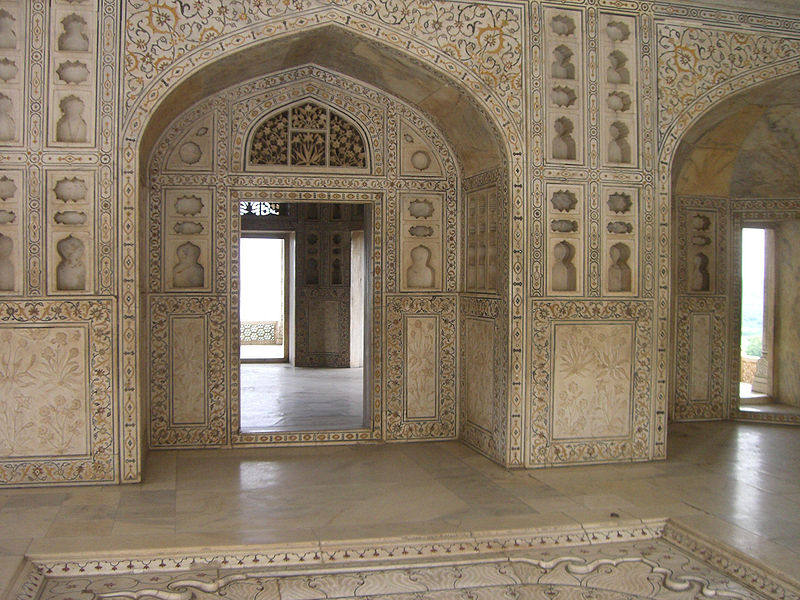
Emperor Babur stayed in Agra fort after the victory of Delhi in 1526. He built a bauli (ladra cloth idra) here. Emperor Humayun's coronation was made in this fort in 1530. In 1540, Humayun was defeated by Sher Shahr in Bargagram. Until 1555, this fort was occupied by Sher Shah. Then Humayun restored Agra fort.
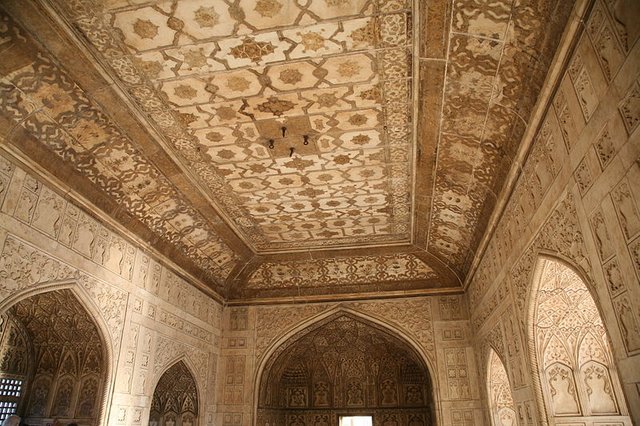
In 1556, Adil Shah, commander of the Shura, re-occupied Himu Agra Fort and pursued the fledgling governing of Agra. At that time, he fought with the Mughal forces in the confluence of Tughlaqabad. Which is known as the Battle of Tughlaqabad.
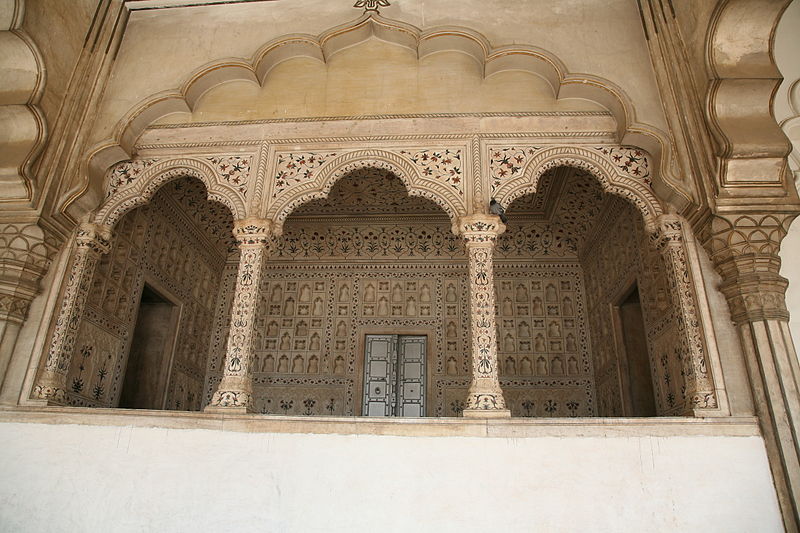
In 1558 Emperor Akbar transferred the capital to Agra. Historian Abul Fazl called the fort of that time as Badalagarh. Emperor Akbar reformed the damaged fort with the sandstone collected from the Arauli in Rajasthan. In the inner part of the fort there is a brick barn and the outer piece has a sandstone lining. Almost 4 thousand workers worked eight years each and completed the construction of the Agra Fort in 1573.
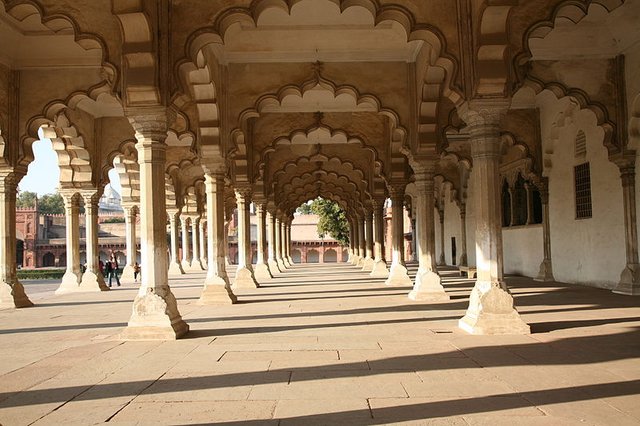
During the reign of emperor Shah Jahan, grandson of emperor Akbar, the Agra fort gained its present form. Shahjahan liked the building built by the stone-stone rather than the built of red sandstone.
.jpg)
In the early 18th century, the Maratha emperor captured the fort. Later, at various times, Maratha and their enemies took control of Agra fort. In the year 1761, when Ahmed Shah Abdali defeated the Marathas in the third battle of Panipat, the next decade Marathas could not make any attempt to capture this fort.
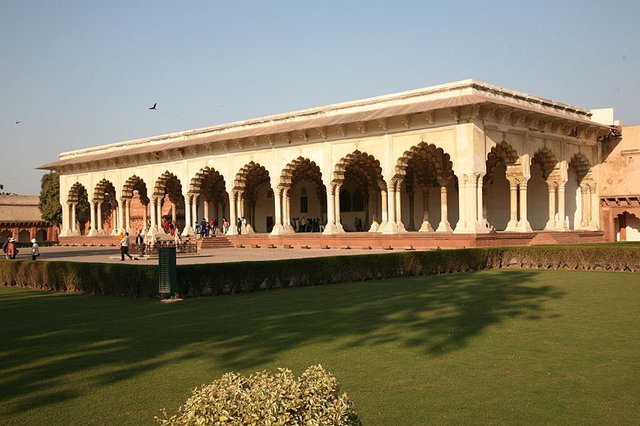
During the sepoy revolt of 1857, there was a clash between the local soldiers and the English soldiers in this fort.
